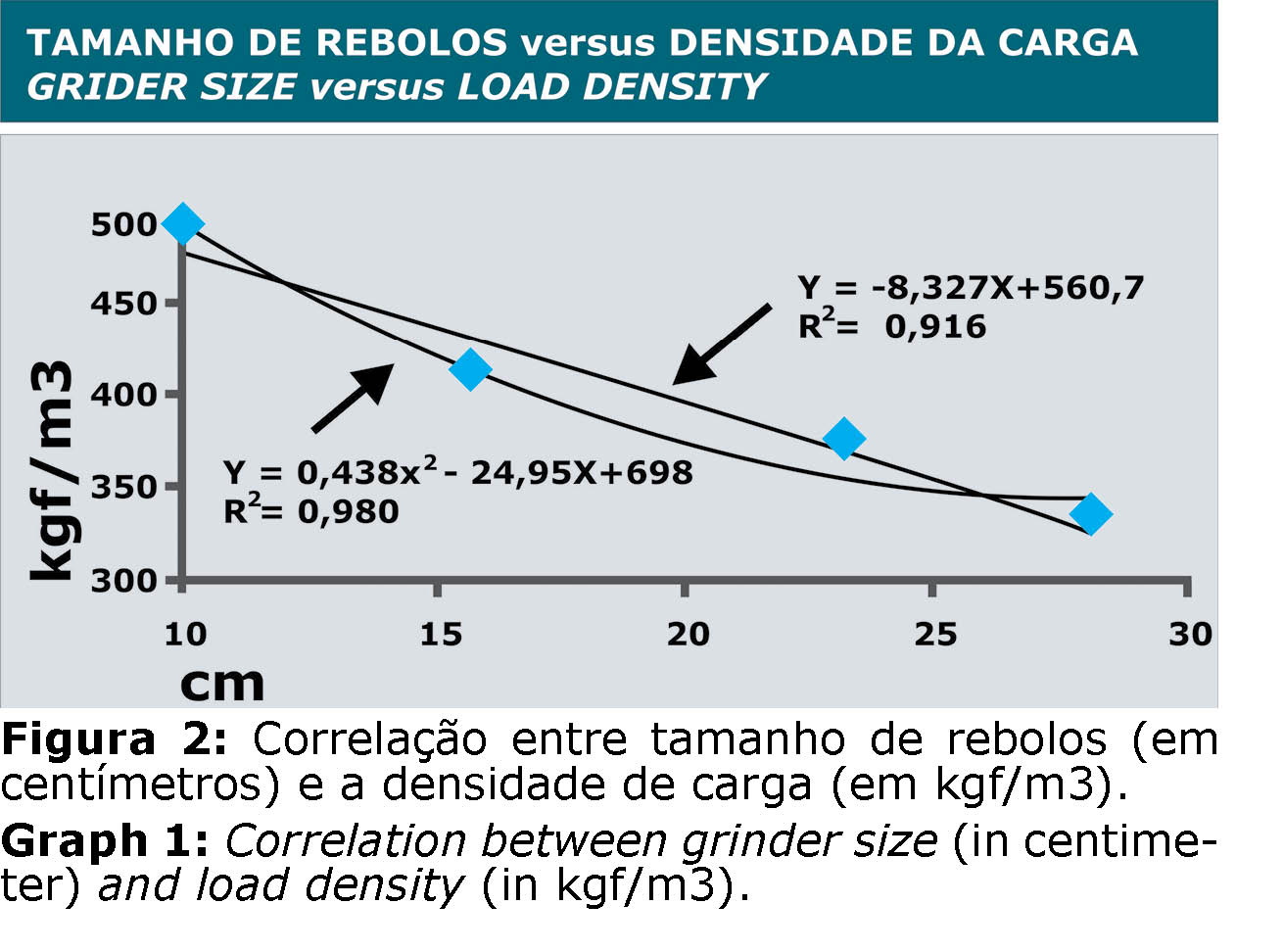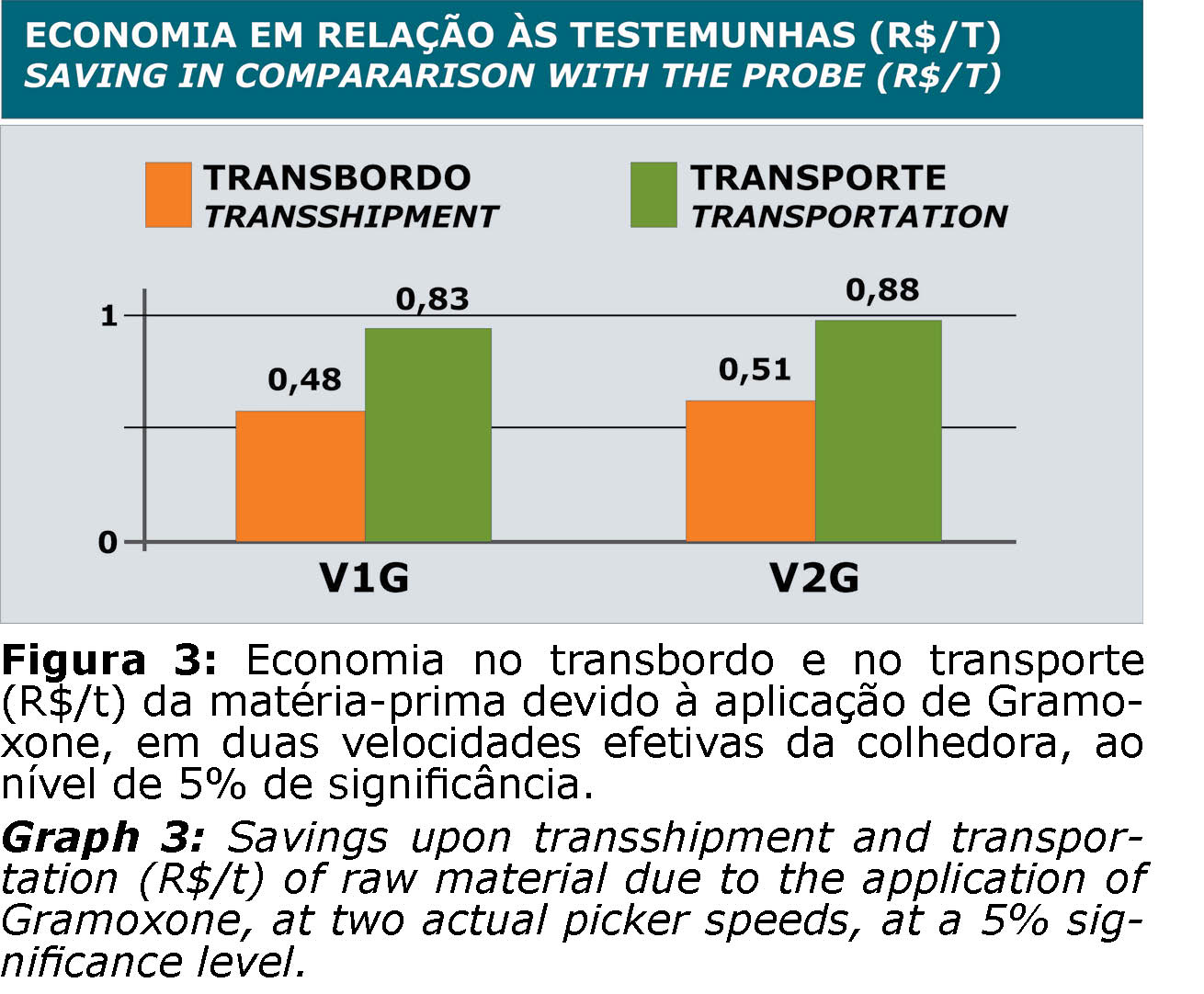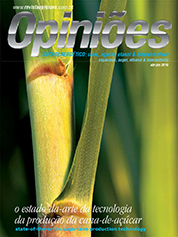Tomaz Caetano Cannazam Rípoli
Professor of Rural Engineering at Esalq-USP
Op-AA-24
The load density issue
Although the sugar-based energy industry in Brazil is a world reference, not only in terms of the magnitude of the cultivated area and the production of sugar and ethanol, but also due to its autochthonous technology, one should not forget that global competition is increasing, mainly from countries such as China, Thailand, and India, all of which are significantly boosting their sugarcane production.
 In an increasingly more competitive environment, it no longer suffices to seek to increase production and/or productivity. It no longer suffices to achieve a given profitability.
In an increasingly more competitive environment, it no longer suffices to seek to increase production and/or productivity. It no longer suffices to achieve a given profitability.
The new required posture must focus on seeking better economic returns that not necessarily increase in synchronization with physical production, or in area, agricultural productivity, or industrial performance.
Already in 1964, Hunt, an American researcher, showed that in the agricultural sector (Graph 1) gross revenues are linear to production growth. However, production costs have a shape tending to be sinusoid.
In other words: even with high output, net revenues are less than expected. Thus, in any agricultural activity, one should seek to achieve the optimal production volume that provides the best economic profitability.
Among the innumerous options that sugarcane agricultural technology offers to achieve for the best economic profitability, one option relates to analyses involving the issue of load density of raw material harvested mechanically without prior burning.
The cost per ton of this raw material in harvesting systems (cutting, transshipment, transportation and unloading), as a general rule, reaches 30 to 35% of the agricultural production cost. It therefore merits special attention of researchers and producers in the industry.
 One of the alternatives is to reduce the size of grinders as set forth in 2009 (Graph 2). However, quite surely the increase in invisible losses (impossible to measure in the field) will be significant and of little interest.
One of the alternatives is to reduce the size of grinders as set forth in 2009 (Graph 2). However, quite surely the increase in invisible losses (impossible to measure in the field) will be significant and of little interest.
In 2003, according to Neves, a researcher of the Sugarcane Technology Center (CTC), such losses in green sugarcane can amount to 3% of weight, depending on the variety, size of the plantation, the state of the cutting parts of the picker, the rotation of the primary exhaust and, naturally, on the average size of the grinders.
This referenced result was for grinders of about 25 cm in size. Consequently, for smaller grinders, the invisible losses will be more significant.
Another more rational alternative is the use of desiccants such as Gramoxone in aerial applications, 8-10 days prior to mechanical harvesting. Thus, the picker will work with straws and tips with humidity content of about 10-15% and only traces of green leaves.
 This sugarcane plantation condition offers some advantages both in terms of quality of the harvested raw material, of performance of the picker’s cleaning system, of reductions in fuel consumption per harvested ton, as well as of increases in load density.
This sugarcane plantation condition offers some advantages both in terms of quality of the harvested raw material, of performance of the picker’s cleaning system, of reductions in fuel consumption per harvested ton, as well as of increases in load density.
The results achieved are shown in Graph 3, based on studies conducted in three mills in the State of São Paulo in 2008 and 2009.
The increase in load density upon transportantion reached 15%! It is also highly significant that savings of between R$1.31 and R$1.39 per harvested, transship-ped, and transported ton were achieved.
Therefore, new agricultural practices are available to reduce costs.
It suf-fices to implement them, respecting production environments with their intrinsic characteristics, along with adequate logistics for the harvesting system, in a broad sense.




